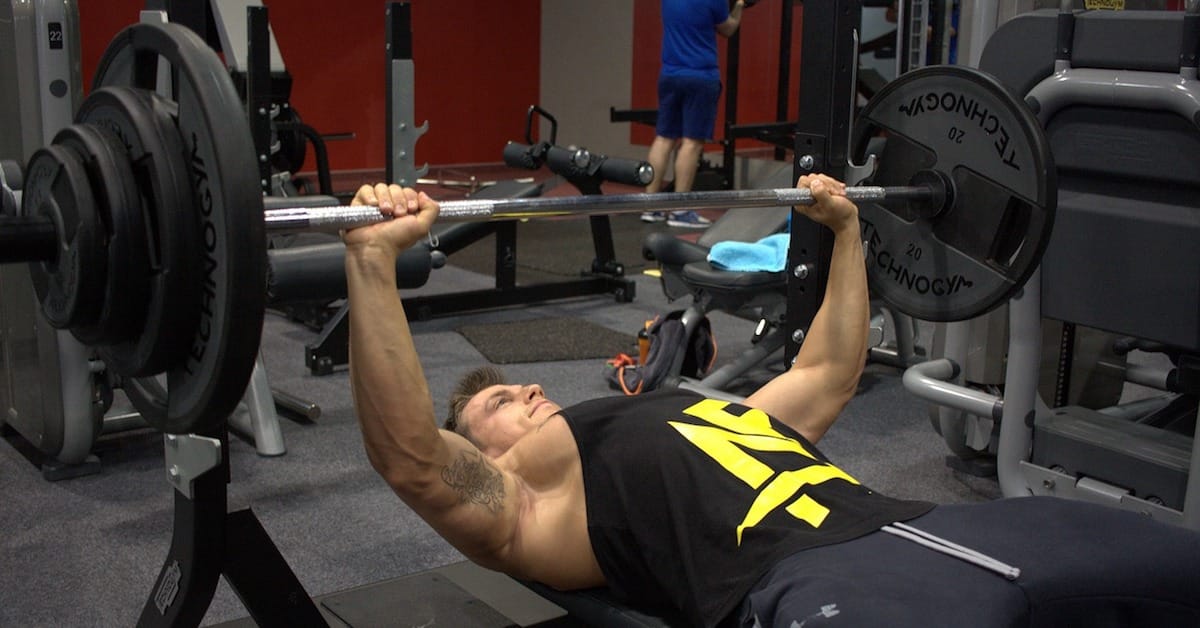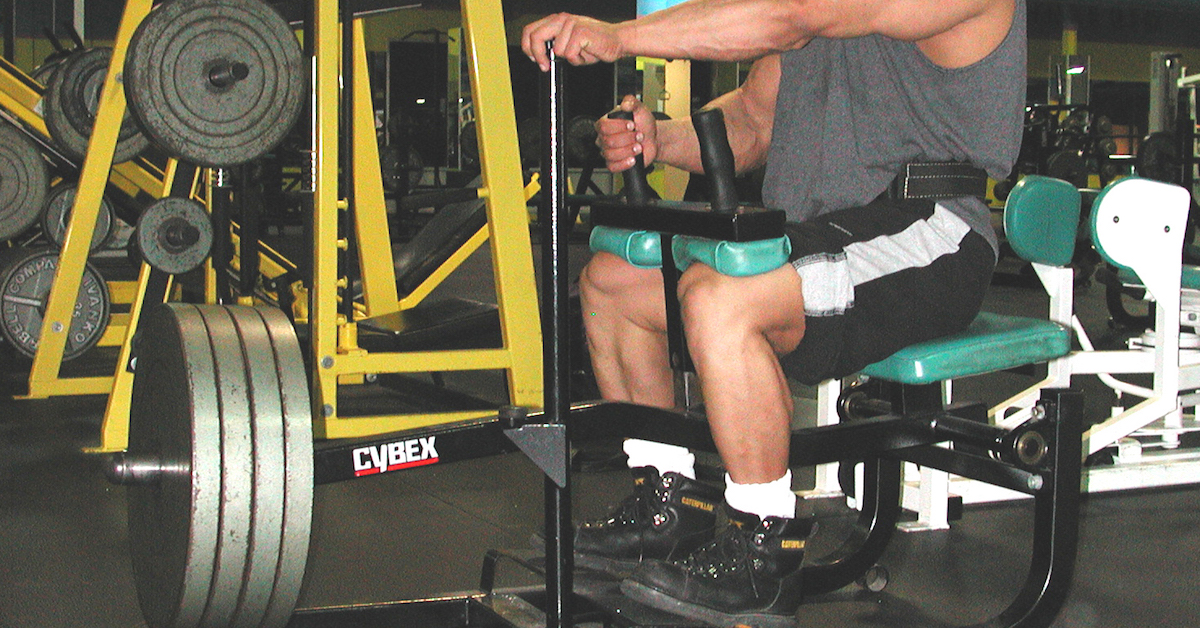In strength training, time under tension (TUT), sometimes called time under load, refers to the total duration of a set. It’s calculated by multiplying the number of reps by the tempo of each rep. For example, if you perform 10 reps and each rep takes 6 seconds (2 seconds to lift the weight and 4 seconds to lower it), the TUT for that set is 60 seconds.
There are many opinions on the ideal TUT for muscle hypertrophy (see p. 51 of The Elite Trainer for insights from top experts in the field). After reading my article Moderate Rules for Maximum Results, Dr. Eric Serrano—an authority in strength and conditioning—shared some of his observations:
JP, I have been researching this for two years now, and the results have been fascinating. These are my observations from working with people regularly. I divided them into two groups: genetic freaks and the average person. By measuring TUT along with changes in muscle girth, I found that 42 seconds is the sweet spot for the average person. Genetic outliers and those using anabolic steroids will grow on nearly any TUT, but the average person needs to be more precise. When I compared 42 seconds to 30 and 60 seconds, 42 seconds proved superior for muscle size. While 60 seconds showed some gains, it wasn’t worth the extra time.
Try this protocol for six weeks: Keep TUT at 42 seconds per set, train a maximum of four times per week, eat properly, and perform only three sets per exercise, resting 1 to 1½ minutes between sets.
Give this approach a try in your next routine. Instead of counting reps, use TUT as your guide for ending a set. You can track time with a wristwatch, stopwatch, smartphone app, a clock on the wall, or a Gymboss timer. Whatever method you choose, stop the set as soon as 42 seconds is up.
Make sure to select a load that brings you to fatigue around that mark. If you’re pairing exercises in a double-station format, rest 60 seconds between sets. If you’re doing all sets of one exercise before moving to the next (station training), extend your rest interval to 90 seconds.

Maximize Your Muscle Growth: Choose a Split Routine!
If your goal is to maximize muscle growth, focusing on fewer muscle groups per session might be your best bet.

The Rest-Pause Method for Massive Calves
Calves are notoriously challenging to develop, but after decades of trial and error, I’ve discovered a foolproof method to make

My Favorite Leg Finisher
Everything in context! In the video below, I’m squatting with 225 pounds. It might not look like much weight, but
follow
Error: No feed with the ID 2 found.
Please go to the Instagram Feed settings page to create a feed.
